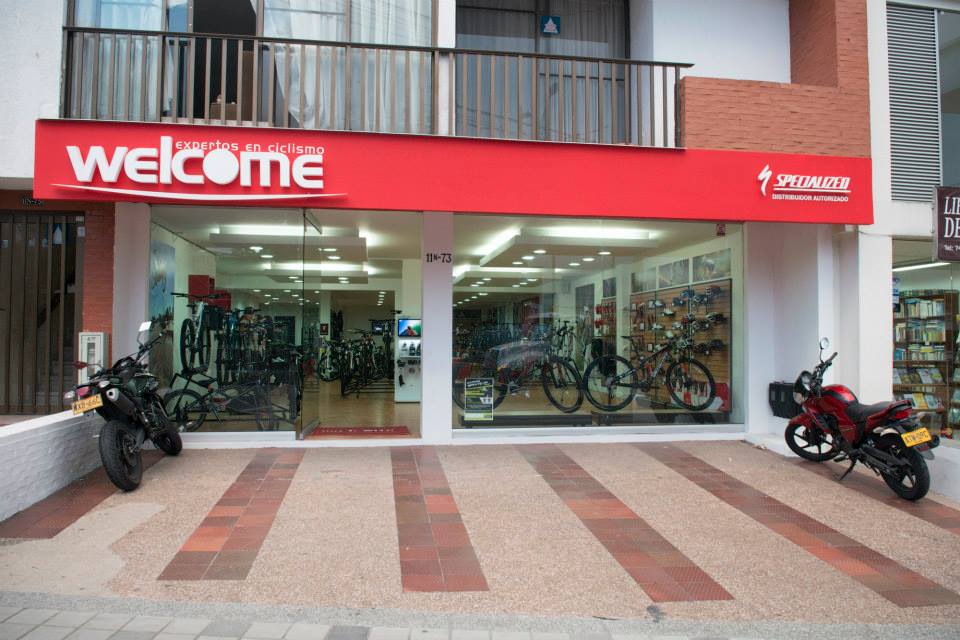A question I challenge many bike retailers to answer is how to get their star services to produce as much revenue as possible while at the same time giving customers more options to buy and a customized service.
The most successful answer I’ve seen executed is to offer four tune-up services instead of one. A menu of one means the customer has no choices. The customer has no way to buy more and the technician has no clear way to upsell the package. Having four tune-up services will appeal to the price conscious shopper, the lost shopper, and the price-is-no-object shopper. Here is an example of a four tier tune-up menu.
Tune-up Menu:
- Level 1 Service: $230
- Level 2 Service: $100
- Level 3 Service: $70
- Level 4 Service: $30
First I will explain the psychology of the pricing structure and then I will present ideas for what can be included in each service.
Retailers who are using this pricing structure have shown the most popular selling items on the menu will be Level 2 and Level 3. With the scale tipping just slightly toward the Level 3 Service. Level 1 takes roughly 10% of the orders and Level 4 takes only 5%. When compared to an $80 tune-up, we can break down the potential growth:
$80 x 100 sales = $8000
or
$230 x 10 sales = $2300
$100 x 40 sales = $4000
$70 x 45 sales = $3150
$30 x 5 sales = $150
The second scenario brings in $9600; a 20% growth. So why does this work?
First, Level 4 ($30) service will always be the worst seller. No one wants to purchase the worst option of anything. Level 4 Service is focused on serving the truly price conscious.
Level 1 ($230) will cater to those customers who have purchased high ticket items. If someone buys a $9000 bike they deserve the option to buy a more comparable service than someone who buys a $900 bike. Another way to think of it- when someone buys a Ferrari they understand that servicing the vehicle will cost more than the service on a Toyota. It is acceptable for many people that high ticket items equal high ticket service.
Level 2 and 3 ($100 and $70 respectively) are for customers who are not sure what they want. Notice the gap between these levels is the smallest price gap on the menu. The jump from Level 3 to Level 2 was $10 cheaper than the jump from Level 1 to Level 2. Since the majority of people buy in the middle, we want the middle to have options.
Below is a formula for creating a service menu using these pricing tactics. Start by taking the price of the most popular tune-up, usually between $50-$90 for US retailers, and replace that number with X in the formula below. From there multiply out each level and round out to the nearest 5 or 0.
Level 1: 3.25X
Level 2: 1.5X
Level 3: X
Level 4: 0.45X
Below is three example price structures using this formula.
In this example, if your most popular tune-up price is currently $70, your new menu would have a Level 1 service of $230.
Once the pricing structure is set, the next step is to define what is offered in each service. Here is a recommendation to start with.
Level 4 ($30)
- Bike inspection
- Bolt/torque check
- Lube drivetrain
- Inflate tires
In many ways Level 4 Service acts as a quote or estimate. The bike inspection is where the value of this purchase is. Many people who purchase this package will often walk away with an idea of what services need to be done the next time they return.
Level 3 ($70)
- Everything in Level 4
- Perfect braking
- Perfect shifting
- Wheel inspection and adjustment
The Level 3 Service is, as many bike retailers would define it, the standard tune-up. Notice that I stayed away from using technical terminology. Telling someone to purchase a “wheel true” can be confusing so I opted for “wheel inspection and adjustment”.
Level 2 ($100)
- Everything in Level 3
- Remove chain and cassette, clean with solvent
- Complete wash, lust, and detailing
Since most people will be choosing between Level 2 and 3, the best carrot is kept in Level 2. Cleaning parts with solvent and offering a wash, lust, and detailing is a huge hook for people to make the jump. Many technicians have spent hours trying to get something to shift properly and when the customer saw the bike they were only excited by how clean it looked. A clean bike is something the customer can see, it makes sense to them. A perfect shifting bike is expected and can’t be enjoyed until after they leave the bike shop.
Level 1 ($230)
- Everything in Level 2
- New brake pads
- New cables
- New bar tape or grips
- Remove brakes, crankset, and derailleurs- clean with solvent
In order to justify higher prices in the service area begin tying parts to the costs of service. New brake pads, cables, and bar tape or grips are key elements to making the bike work as if it were new off the floor. Someone buying in at this level expects a perfect machine in every way, and these are just the services that will achieve it. It is worth noting that the Level 1 buyer is also the buyer who is most susceptible to additional sales like a new saddle, new tires, or even a new wheelset. If a technician sees the opportunity, they should never be afraid to ask.
Want more? Take a look at Leading Out Retail. This book is a creative look at bicycle retail and teaches retailers simple strategies on how to increase profit through service, what the most important question to ask every customer is, and how to manage the dreaded Timmy Factor.








